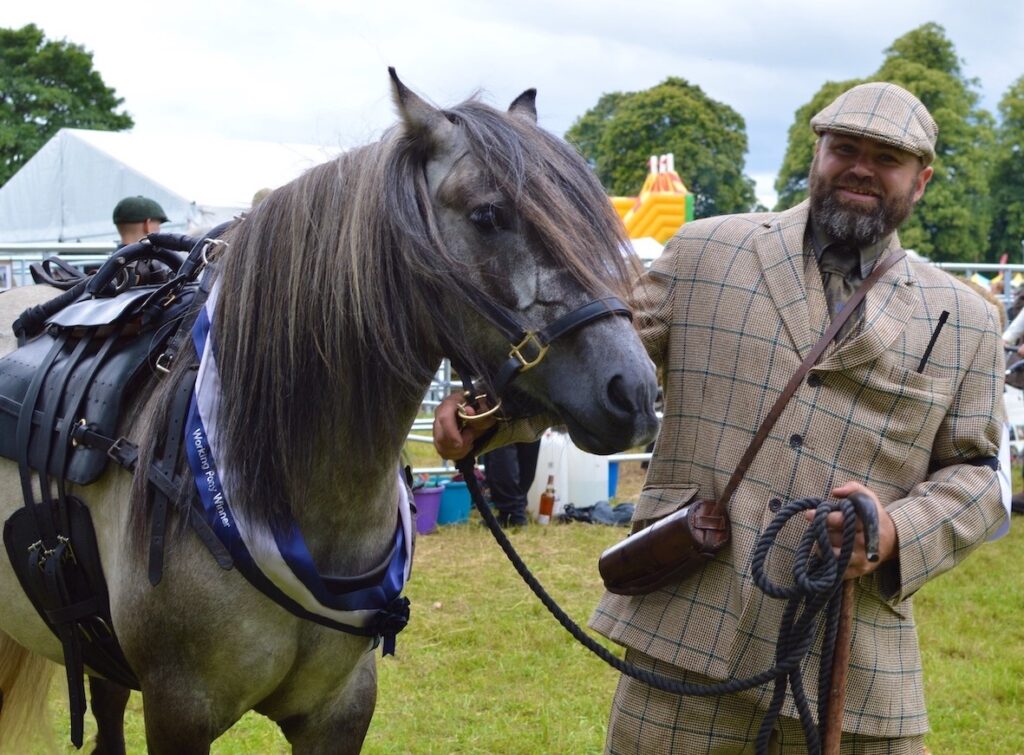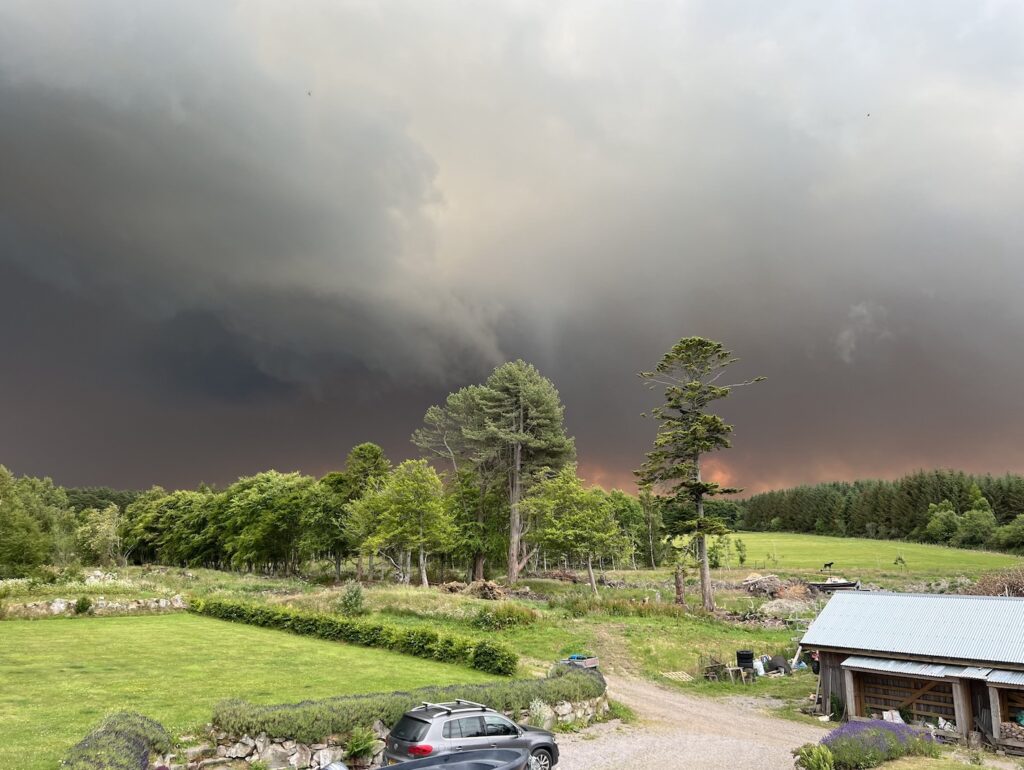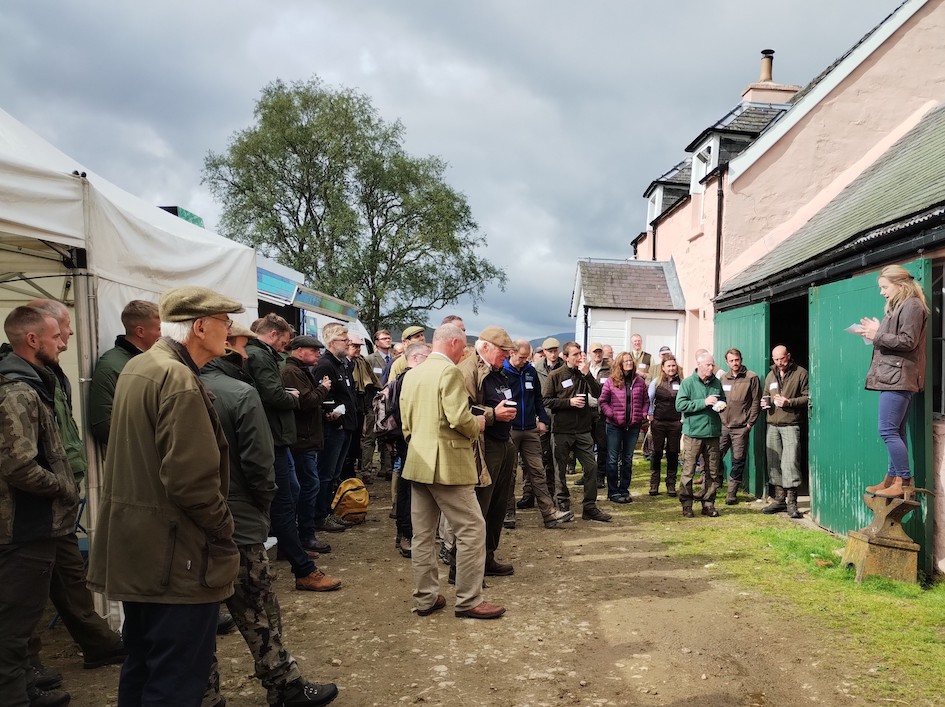Organisations representing deer managers and environmental NGOs have jointly welcomed the crucial amendments lodged by MSPs Tim Eagle and Rhoda Grant to the Natural Environment (Scotland) Bill, which will be voted on in the Scottish Parliament on 10 December.
An amendment lodged by Scottish Conservative MSP, Tim Eagle, calls for financial incentives for deer management, to enable deer managers to maintain and expand levels of culling across Scotland. Such activity has historically been privately funded and is often loss-making.
At the direction of Scottish Ministers, NatureScot has initiated a number of pilot incentive schemes which have been warmly welcomed by the sector. However, deer managers and e-NGOs believe the incentivisation of deer management must go further if a meaningful impact is to be made. The amendment from Mr Eagle would underscore the importance of incentives for the future of deer management in Scotland, and enable land managers to play a vital role in supporting government objectives.
Meanwhile Scottish Labour MSP, Rhoda Grant, has put forward an amendment calling for a venison action plan, also welcomed by deer managers and e-NGOs. The aim is to optimise the use of larders, butchery facilities and distributors to increase venison for human consumption, with input from rural stakeholders and supply chain businesses.
Investment in the active management of deer, plus extraction costs, vehicle costs, necessary lardering facilities, all combine to mean that deer management does not usually break even. Low venison prices have been insufficient to offset costs – something a venison action plan could help address.
Tom Turnbull, Chair, Association of Deer Management Groups, commented:
“Whilst we are pleased that funding has been made available for the four pilot projects across Scotland, we believe that a Scotland-wide programme of financial assistance is essential to achieve the aspirations of the Natural Environment (Scotland) Bill on the ground, and for securing the jobs on which this will depend.”
Duncan Orr-Ewing, Convener, Scottish Environment LINK Deer Group added:
“It can be challenging for deer management activity to break even. Increasing culls in order to protect habitats and biodiversity will undoubtedly require further incentivisation. These amendments place the importance of incentives and venison on the statute book, and we very much hope MSPs from across political parties will back them.”
Ross Ewing, Director of Moorland & Strategic Projects, Scottish Land & Estates, said:
“If we are to achieve the ambitious deer management outcomes sought by the Natural Environment Bill, there must be incentives that properly recognise the scale of work and the cost involved with managing deer. Equally it is crucial to promote the efficient use of resources and infrastructure to increase venison availability, supporting both the industry and sustainable food consumption. These forward-thinking amendments from Tim Eagle and Rhoda Grant will provide support for the practical costs of sustainable deer management, as well as the Scottish venison sector more broadly.”
The Association of Deer Management Groups, Scottish Environment LINK and Scottish Land & Estates have written jointly to MSPs on the Rural Affairs and Islands Committee urging them to support these vital amendments.




